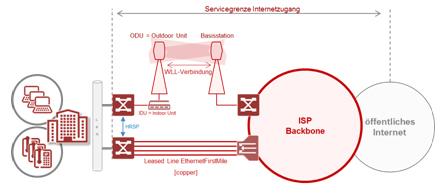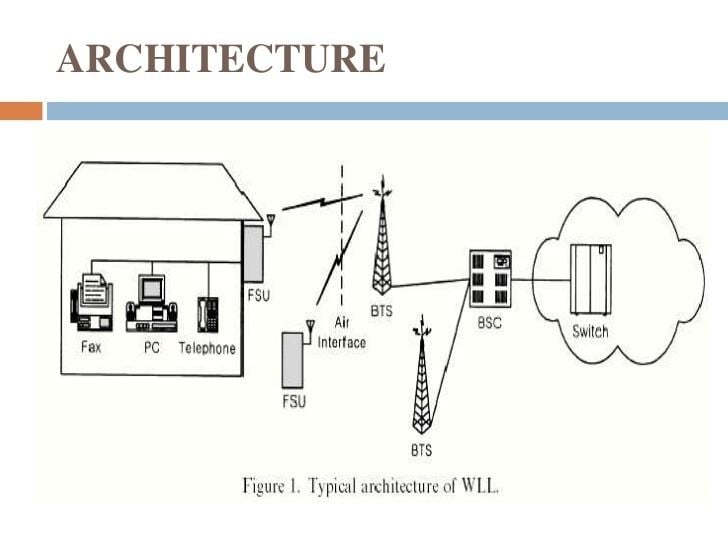Wireless local loop (WLL) is a telecommunications architecture that uses wireless technology to provide last mile connectivity for telephone and internet services to customers. In a traditional telephone network, the "local loop" refers to the connection between the telephone exchange and the customer's premises. In a WLL system, this connection is made using wireless technology instead of copper or fiber optic cables.
WLL systems are often used in areas where it is difficult or expensive to lay traditional cables, such as rural or remote areas, or in areas where the terrain makes it difficult to install underground or overhead cables. WLL systems can also be used in urban areas as an alternative to traditional telephone lines, particularly in areas where there is a high demand for broadband internet access.
There are several different types of WLL systems, including microwave, satellite, and cellular. Each type of WLL system has its own unique characteristics and benefits.
Microwave WLL systems use high-frequency radio waves to transmit data over short distances, typically between a few kilometers and tens of kilometers. These systems are often used in rural areas or in areas with difficult terrain, as they do not require a clear line of sight between the transmitter and receiver.
Satellite WLL systems use satellites orbiting the Earth to transmit data to and from remote areas. These systems are often used in remote or rural areas where it is not possible to lay traditional cables or where there is no existing infrastructure.
Cellular WLL systems use the same technology as mobile phones to transmit data over short distances, typically a few kilometers. These systems are often used in urban areas as an alternative to traditional telephone lines.
WLL systems have several benefits compared to traditional telephone lines. They are often cheaper to install and maintain, as they do not require the infrastructure of traditional cables. They are also more flexible, as they can be easily moved or re-configured if necessary.
However, WLL systems also have some limitations. They may not be able to provide the same level of coverage or reliability as traditional telephone lines, and they may be more susceptible to interference or other disruptions.
In summary, wireless local loop (WLL) is a telecommunications architecture that uses wireless technology to provide last mile connectivity for telephone and internet services to customers. WLL systems are often used in areas where it is difficult or expensive to lay traditional cables, and have several benefits compared to traditional telephone lines, including lower costs and greater flexibility. However, they may not provide the same level of coverage or reliability as traditional telephone lines.






